How to Choose Boardroom Furniture That Enhances Collaboration and Productivity
Choosing the right Boardroom Furniture is crucial for fostering collaboration and enhancing productivity within an organization. According to a report by the International Association of Conference Centers (IACC), well-designed meeting spaces can increase attendee engagement by up to 83%, significantly boosting the effectiveness of discussions and decision-making processes. Additionally, a study published by the Workplace Research Foundation indicates that effective meeting environments can lead to a 20-25% improvement in team performance.
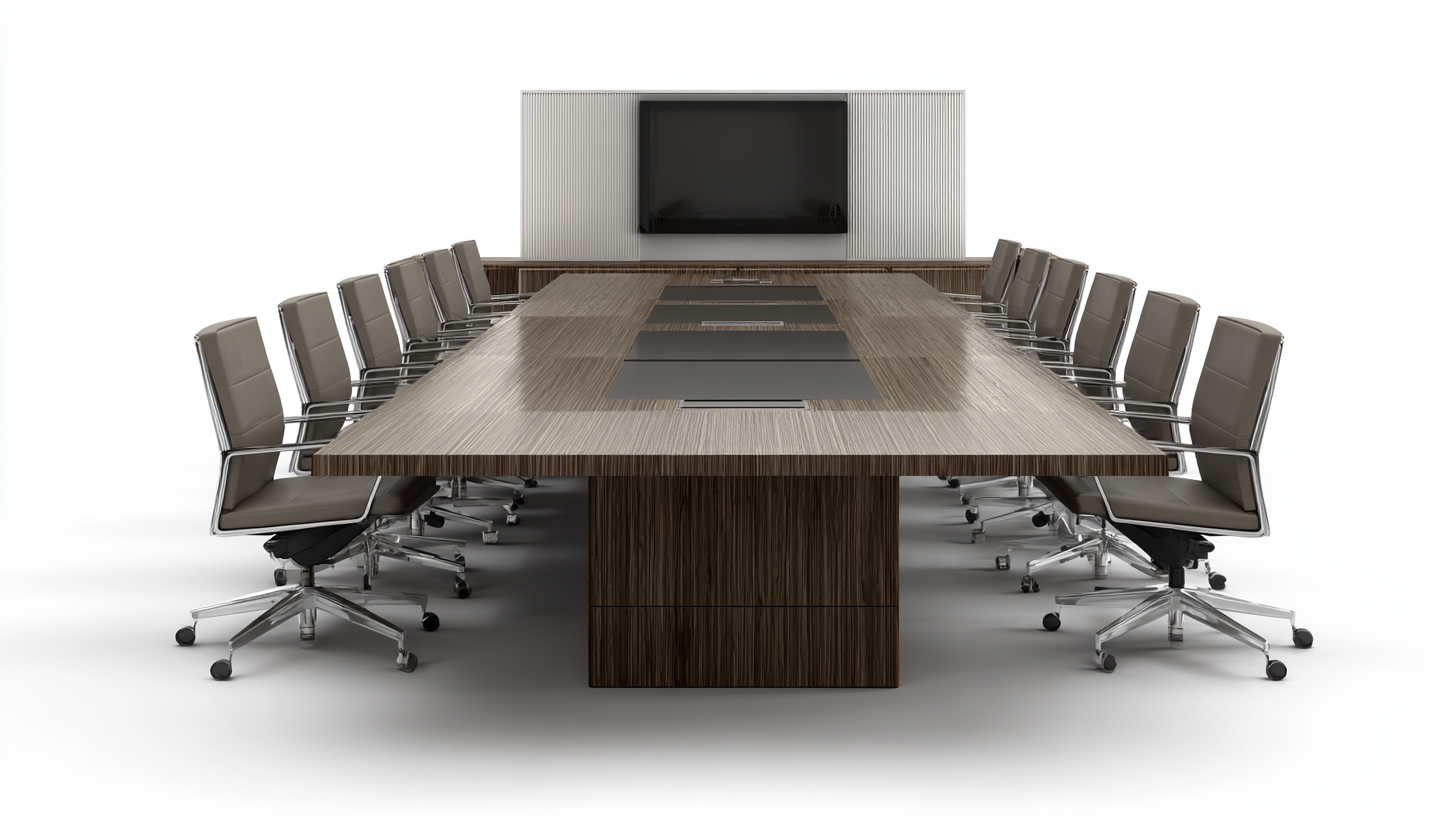
As businesses continue to adapt to hybrid work models and prioritize collaborative efforts, selecting the appropriate boardroom furniture becomes vital. Comfortable seating arrangements, modular tables, and technology-friendly setups not only support diverse meeting formats but also create a welcoming atmosphere that encourages creativity and teamwork.
Therefore, understanding the impact of boardroom furniture on collaboration and productivity is essential for organizations aiming to optimize their meeting experiences and achieve strategic goals.
Selecting Ergonomic Furniture for Optimal Comfort and Team Engagement
When it comes to selecting boardroom furniture, prioritizing ergonomic design can significantly enhance team comfort and engagement. According to a study conducted by the World Health Organization, ergonomically designed workspaces can lead to a 25% increase in productivity among employees. By incorporating adjustable chairs and desks that promote healthy posture, businesses can reduce the risk of musculoskeletal disorders, which are one of the leading causes of absenteeism in the workplace.
Furthermore, choosing furniture that encourages collaborative working environments is key to fostering communication and teamwork. A report by the International Facility Management Association indicates that spaces designed for collaboration can enhance team interaction by up to 50%. This can be achieved by opting for modular furniture that allows easy reconfiguration depending on the meeting type, as well as integrating comfortable seating options that invite participation. Ultimately, investing in ergonomic furniture not only supports physical well-being but also cultivates a more engaged and productive team atmosphere.
Impact of Ergonomic Furniture on Team Collaboration and Productivity
Incorporating Modular Design to Foster Dynamic Collaboration Spaces
In today's fast-paced corporate environment, choosing the right boardroom furniture is crucial for enhancing collaboration and productivity. Modular design has emerged as a dynamic solution, allowing organizations to easily reconfigure workspaces to accommodate different team sizes and project needs. According to a report from the International Association of Workplace Professionals, companies that utilize flexible furniture arrangements have reported a 20% increase in team collaboration and an overall boost in employee satisfaction.
Modular furniture not only promotes adaptability but also encourages a more inclusive work culture. By providing various seating options and collaborative layouts, teams can foster open communication and brainstorming sessions. Research conducted by the Furniture Industry Research Association revealed that offices designed with modular elements significantly reduce barriers to interaction, leading to up to 30% more spontaneous discussions among employees. This shift to a more fluid workspace design can transform how teams connect and innovate, making it paramount for organizations aiming to thrive in a competitive market.
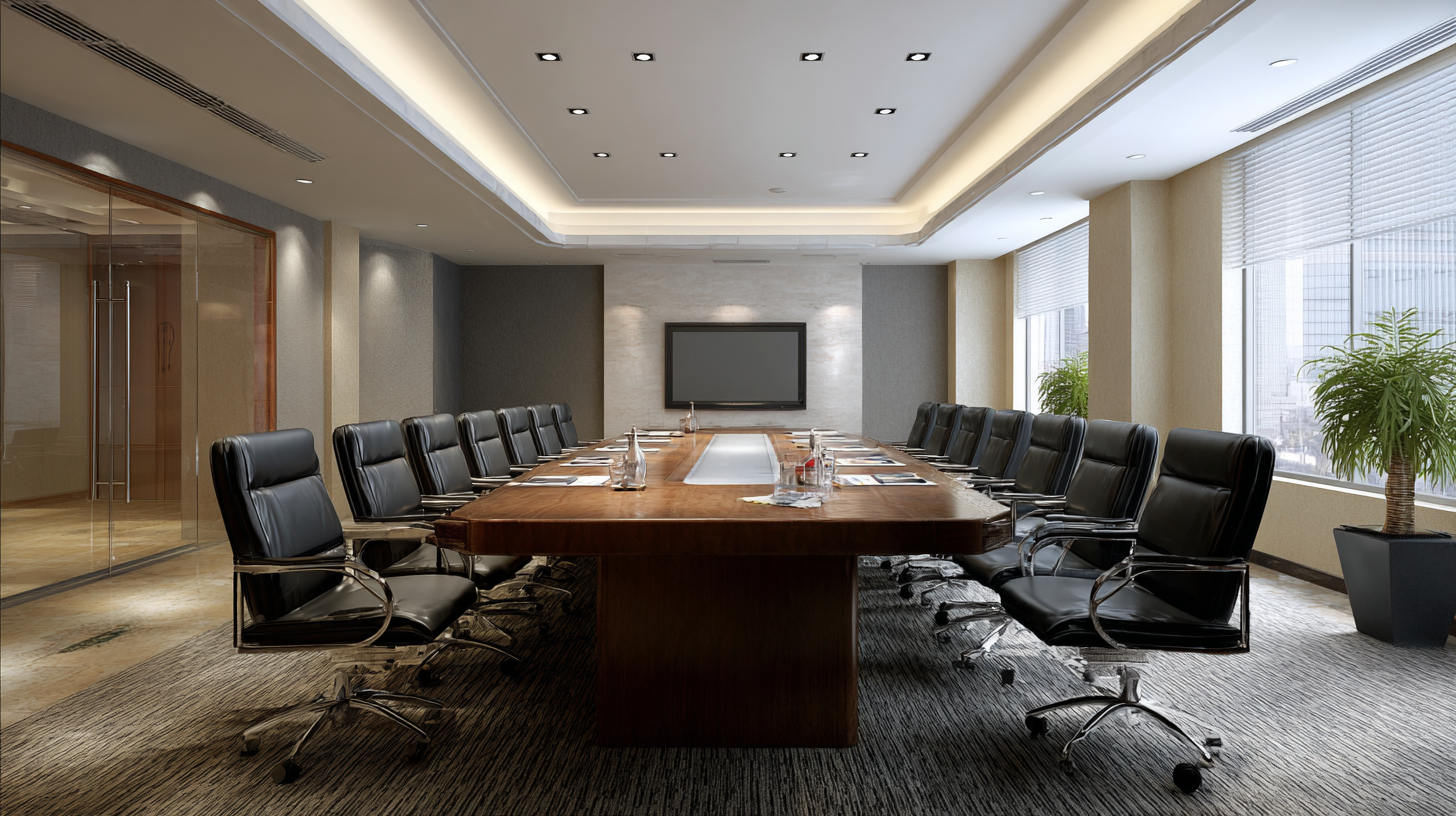
Choosing Technology-Enabled Furniture for Enhanced Communication
When it comes to selecting boardroom furniture, incorporating technology-enabled solutions can significantly enhance communication and collaboration among team members. According to a report by the International Facility Management Association (IFMA), workplace design directly affects productivity, with a well-designed meeting space potentially increasing productivity by up to 22%. This suggests that the arrangement of furniture, particularly with technology in mind, plays a crucial role in fostering effective communication.
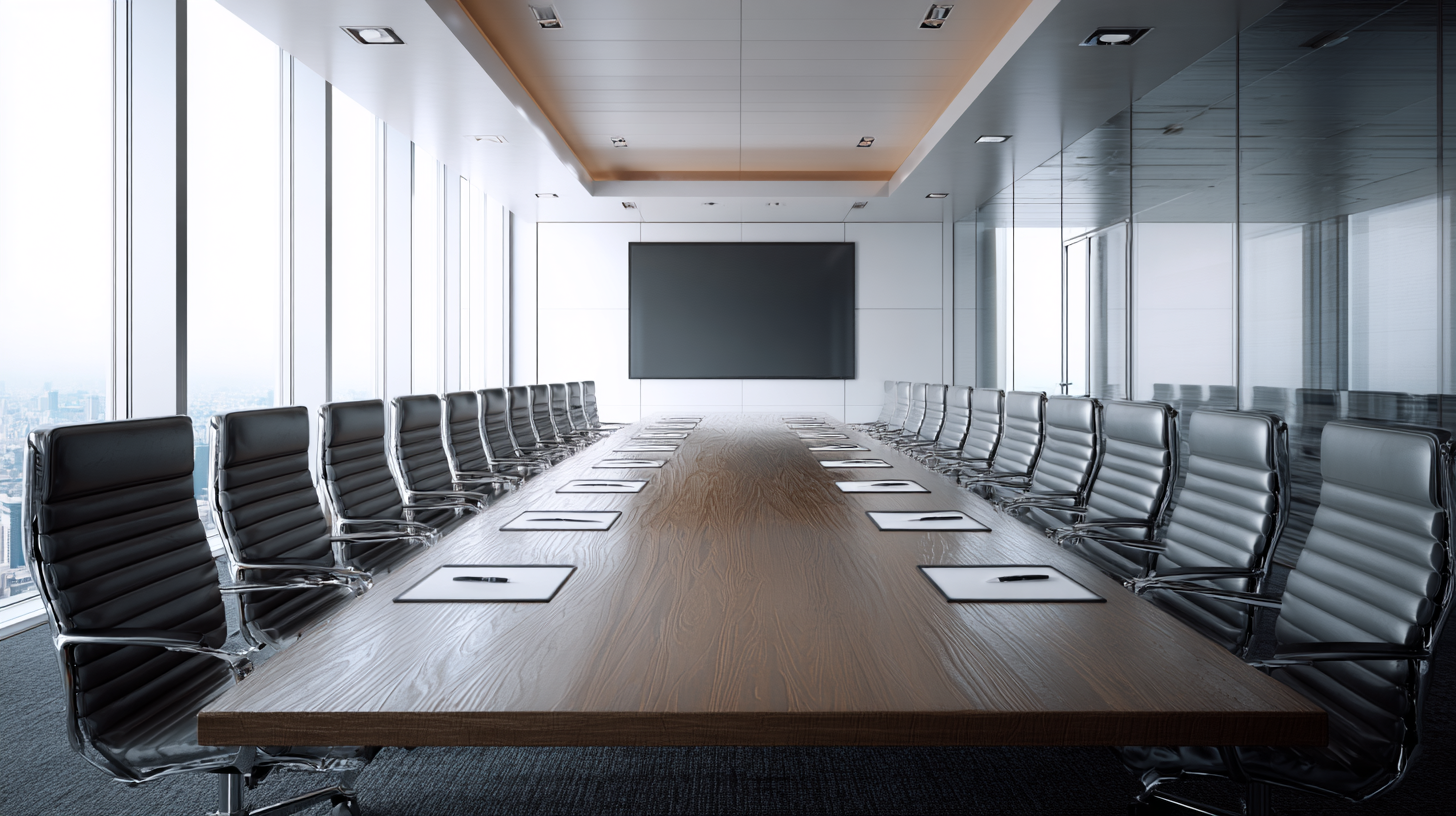
Investing in furniture that integrates advanced technologies can streamline meetings and increase engagement. For instance, conference tables equipped with built-in power outlets and data ports reduce interruptions and keep participants focused on discussions rather than technical issues. The 2022 Workplace Technology Report indicates that organizations that use technology-enabled furniture see a 30% increase in employee collaboration. By providing tools such as smart boards or video conferencing capabilities within the furniture design, companies can create an environment that not only promotes interaction but also enhances overall meeting efficiency.
Evaluating Sizing and Layout to Maximize Productivity in Meeting Rooms
When choosing boardroom furniture, consider how sizing and layout can significantly impact collaboration and productivity. According to a recent study by the International Facilities Management Association, effective workspace design can enhance employee productivity by up to 20%. Optimal furniture choices, such as modular tables and ergonomic chairs, facilitate a more dynamic meeting environment, allowing for adaptability in different configurations as needed.
Additionally, implementing technology-integrated furniture can promote better engagement among participants. For instance, a report from the Workplace Research Foundation indicates that well-designed meeting spaces can increase employee engagement by 44%. With the latest advancements in devices and interfaces, such as dual-screen layouts and interactive tables, meeting rooms can become hubs of innovation and creativity, encouraging teams to brainstorm effectively and make collaborative decisions more efficiently. Taking into account these factors when selecting boardroom furniture ensures a space that maximizes productivity and fosters a collaborative spirit among team members.
Sourcing Sustainable Materials to Reflect Corporate Values and Boost Morale
Sourcing sustainable materials for boardroom furniture is essential for companies looking to reflect their corporate values and foster a productive environment. By selecting eco-friendly materials, organizations not only demonstrate a commitment to environmental stewardship but also align their workspace with modern ethical standards. This alignment can significantly enhance employee morale, as team members feel proud to work for a company that prioritizes sustainability.
Moreover, the choice of sustainable furniture can stimulate collaboration among employees. Furniture made from natural materials, such as reclaimed wood or recycled metals, often promotes a sense of connection to nature, creating a more inviting atmosphere. When team members feel comfortable and aware of their organization’s values, they are more likely to engage in open dialogue and share innovative ideas. Ultimately, sourcing sustainable materials not only boosts company reputation but also encourages a collaborative and productive workspace where employees thrive.
How to Choose Boardroom Furniture That Enhances Collaboration and Productivity - Sourcing Sustainable Materials to Reflect Corporate Values and Boost Morale
| Furniture Type | Material | Sustainability Rating | Collaboration Factor | Estimated Cost |
|---|---|---|---|---|
| Boardroom Table | Reclaimed Wood | A | High | $2,500 |
| Chairs | Bamboo | B | Medium | $300 each |
| Whiteboard | Recycled Materials | A | High | $150 |
| Conference Call System | Plastic-Free Design | B | High | $800 |
| Storage Units | Recycled Steel | A | Medium | $600 |
Related Posts
-
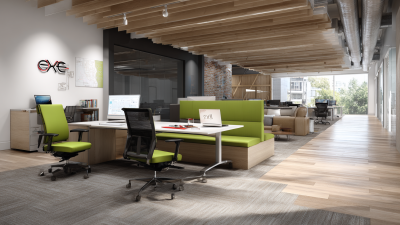
Solutions for Elevating Your Office Aesthetic with Best Executive Office Seating
-
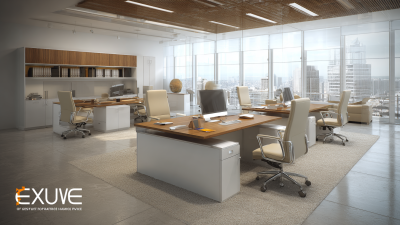
Best Executive Office Furniture Trends and Predictions for 2025 in the Corporate Marketplace
-

Mastering Best Executive Furniture Standards for Global Procurement Success
-
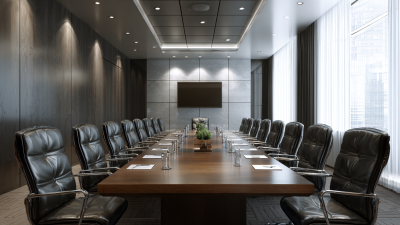
10 Essential Tips for Choosing the Best Boardroom Furniture in 2023
-
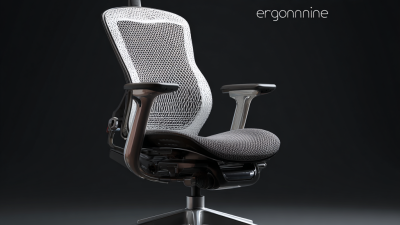
Navigating the Future of Comfort How to Choose the Best Ergonomic Chair in 2025
-
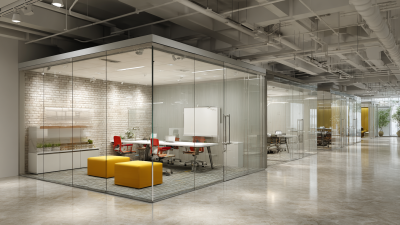
Unlocking the Advantages of Best Institutional Furniture in Modern Workspaces
